Australian Sports Physio
Physio for Hip & Groin Pain
Being the largest joint of the human body, the hip joint is not only designed for stability and weight bearing; but a large range of movement. However, injuries to the hip and groin are quite common and sometimes difficult to assess due to the numerous structures involved.
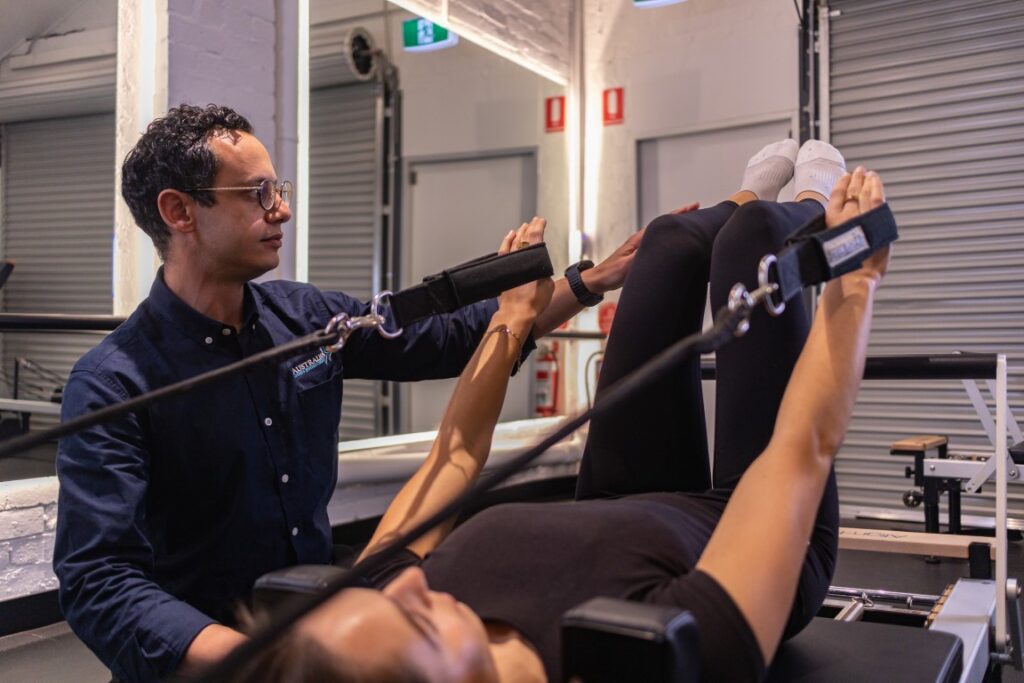
Hip and Groin Injury Treatment
Mobile Yet Stable
The hip joint is a deep ball and socket joint. The joint is sealed within a tough lubricated capsule, and surrounded by numerous muscles that help us move.
At Australian Sports Physiotherapy, our experienced physiotherapists specialise in the diagnosis, management and rehabilitation of all your hip and groin injuries.
Hip and Groin PHYSIOTHERAPY
Types of Hip and Groin Injuries
Hip and groin injuries can be painful and affect your ability to move around. Here are some common types of hip and groin injuries:
Hip Fracture happens when the thigh bone breaks near the hip joint. It can be caused by a fall or impact.
Hip Labral Tear: The hip labrum is a piece of cartilage that lines the hip joint. A hip labral tear occurs when this cartilage is damaged or torn, often due to repetitive movements or trauma.
Osteoarthritis is a condition that occurs when the cartilage in your joints breaks down over time, causing pain and stiffness.
Groin Strain is when the muscles or tendons in the groin area are torn or injured. It can be caused by sudden movements or overuse.
Hip Bursitis: Bursae are small sacs of fluid that help cushion your joints. Hip bursitis occurs when the bursa in your hip becomes inflamed, causing pain and swelling.
Hip Dysplasia is a condition where the hip joint doesn’t form properly, which can lead to pain and difficulty with walking. It can also cause back pain because of the way it affects the alignment of the hips and spine.

Frequently Asked Questions About Hip and Groin Physiotherapy
What is hip and groin physiotherapy?
Hip and groin physiotherapy is a type of treatment that helps manage and prevent hip and groin injuries and pain. It can include exercises, stretches, and manual therapy techniques.
What can cause hip and groin pain?
Hip and groin pain can be caused by a variety of factors, including injury, overuse, arthritis, and even referred pain from other areas of the body.
Can hip and groin injuries be prevented?
Yes, many hip and groin injuries can be prevented by maintaining good posture, using proper form during physical activity, and avoiding overuse.
How long does it take to recover from a hip or groin injury?
The recovery time for a hip or groin injury can vary depending on the severity of the injury and the type of treatment received. Your physiotherapist can give you a better idea of what to expect based on your specific injury.
Do I need surgery for a hip or groin injury?
Not all hip and groin injuries require surgery. In fact, many can be effectively managed with physiotherapy and other non-surgical treatments. Your physiotherapist can help determine the best course of treatment for your injury.
Hip and Groin PhysiO MELBOURNE
Hip and Groin Pathology
Welcome to Australian Sports Physiotherapy where we specialise in the assessment and treatment of hip & groin pathology. Our Melbourne hip & groin physios are dedicated to helping you recover from injuries and regain optimal function.
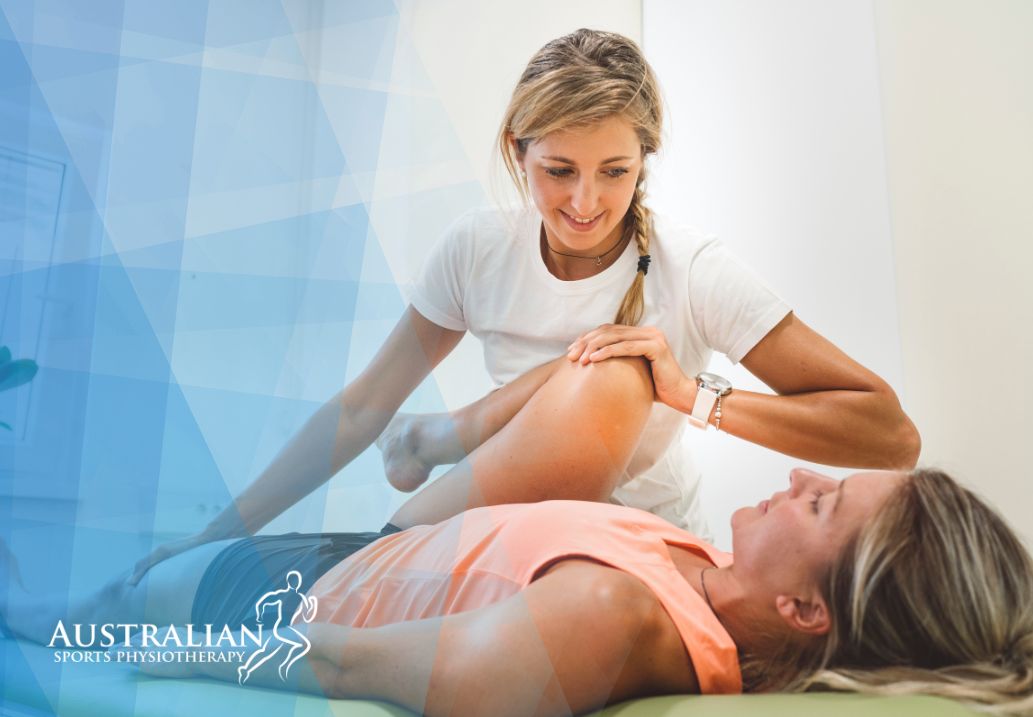
Acetabular Labral Tears
Acetabular Labral Tears refer to a specific injury or damage to the labrum in the hip joint. The labrum is a ring of cartilage that lines the socket of the hip joint, known as the acetabulum. It provides stability, cushioning, and helps to maintain the proper alignment of the hip joint.
When the labrum becomes torn, it can cause pain, stiffness, clicking or catching sensations in the hip, and limited range of motion. Acetabular labral tears can result from various factors, including traumatic injury, repetitive hip motions, structural abnormalities of the hip joint, or degenerative changes over time.
Click here to find out more on our specialised Rehabilitation Program.

Femoro- acetabular Impingement Syndrome (FAIs)
FAIS is a condition characterised by abnormal contact between the femoral head (ball-shaped top of the thigh bone) and the acetabulum (socket in the hip bone). It often occurs due to structural abnormalities of the hip joint, such as excessive bone growth or misalignment.
There are two main types of FAIs: cam impingement, where the femoral head is not perfectly round, and pincer impingement, where the acetabulum covers too much of the femoral head. Common FAIs symptoms include groin pain, hip stiffness, and a limited range of motion.
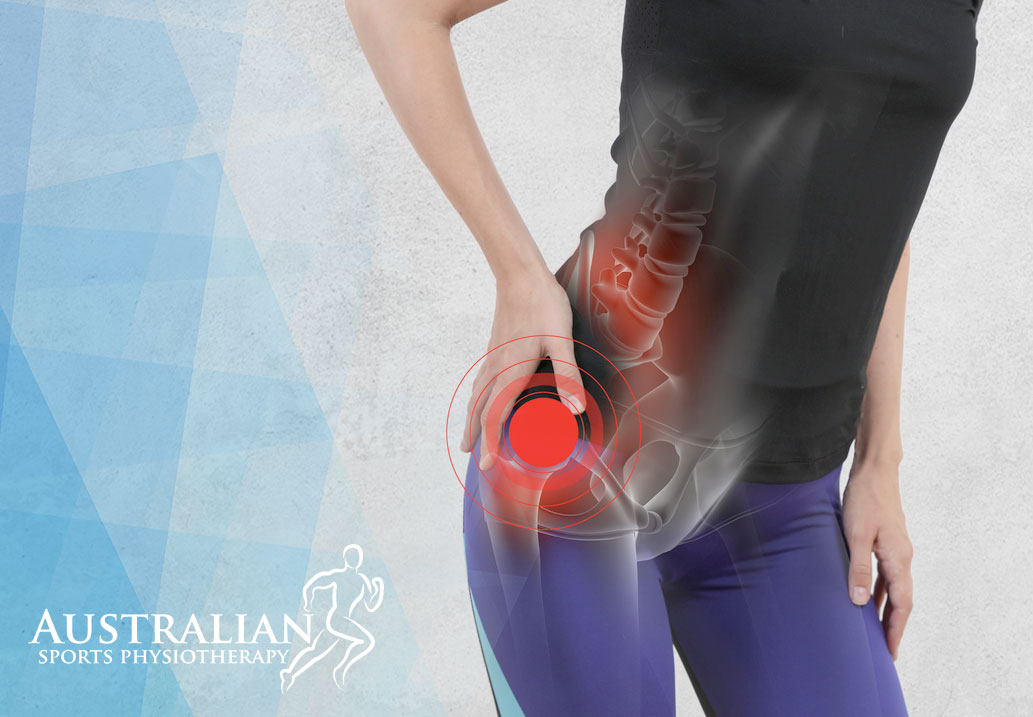
Ligamentum Teres Tear
Ligamentum Teres Tear is a condition characterised by damage or tearing of the ligamentum teres, a small ligament located in the hip joint. The ligamentum teres connects the femoral head (ball-shaped top of the thigh bone) to the acetabulum (socket in the hip bone). While the ligamentum teres is not crucial for hip stability, its tear can lead to pain, instability, and limited range of motion.
This may result from sudden trauma, repetitive stress, or degenerative changes over time. Common symptoms include hip pain, clicking or popping sensations, and difficulty with weight-bearing activities.
Australian Sports Physio
Hip and Groin Articles
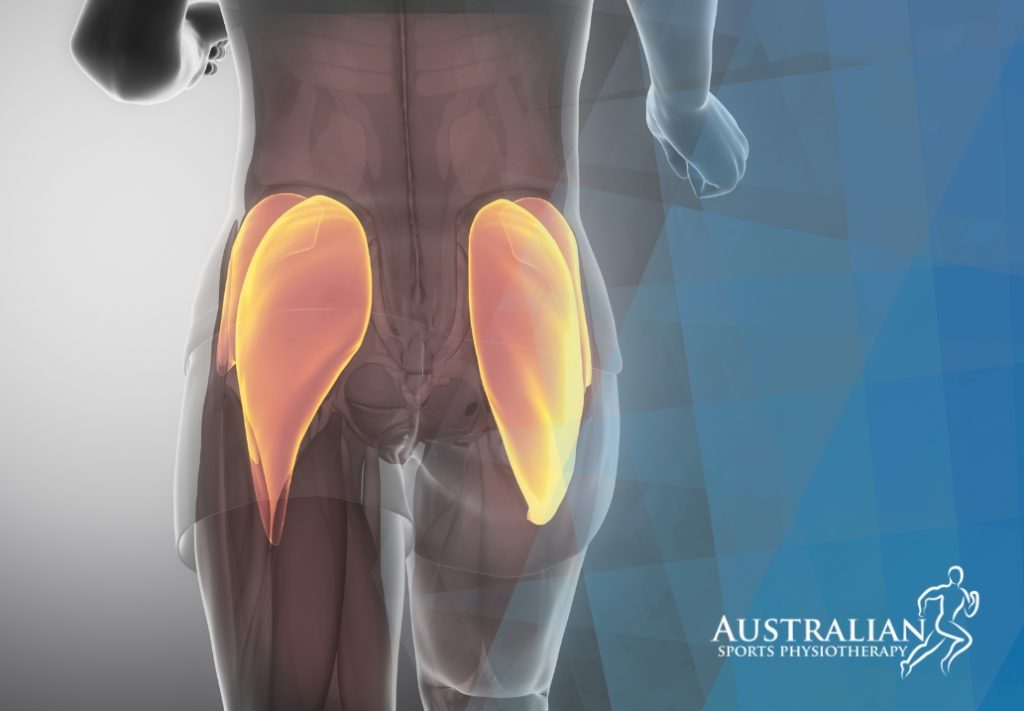
Physio For Gluteus Medius And Minimus Tendon Tears
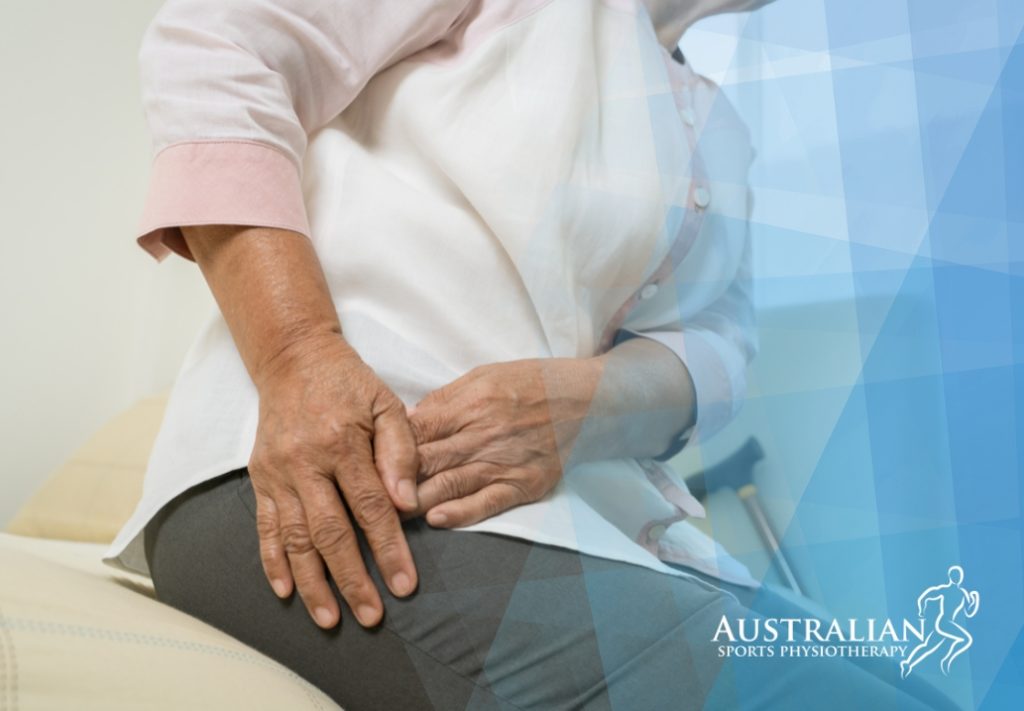
Physiotherapy For Hip Osteoarthritis

Physiotherapy For Hip Instability
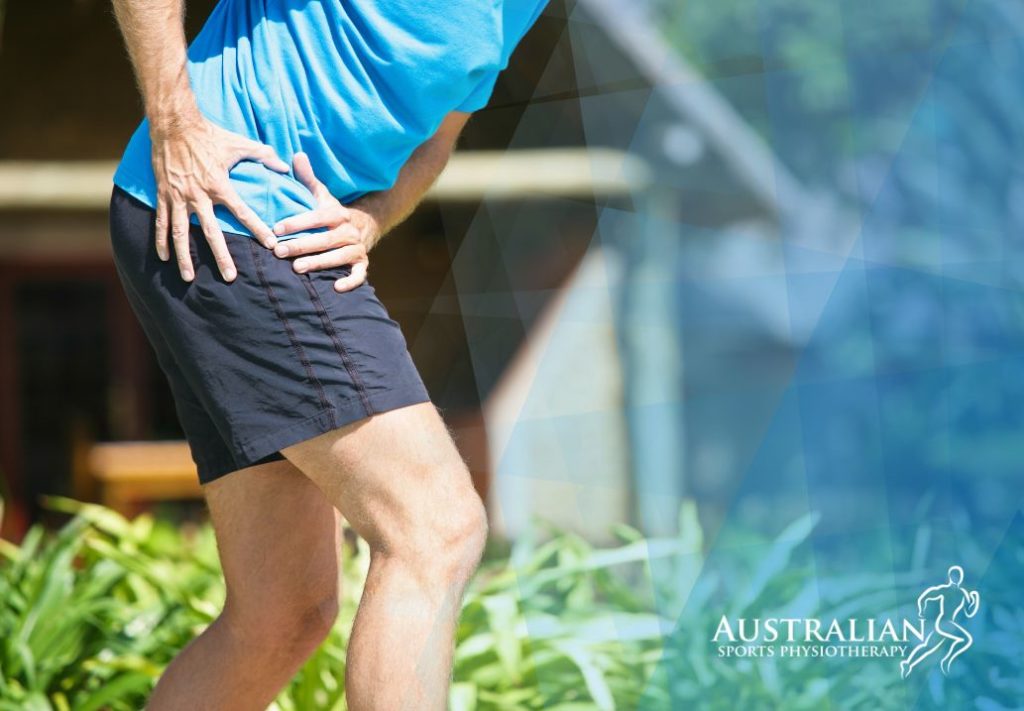
Greater Trochanteric Pain Syndrome (GTPS)

Physio For Acetabular Labral Tears

Hip Flexor Pain Relief With Physiotherapy

Hip and Groin Physiotherapy Melbourne
The Importance of Seeking Treatment for Hip and Groin Injuries
Hip and groin injuries can be painful and affect your ability to move around. Seeking treatment early is important to help manage pain, prevent further damage, and ensure a full recovery.
At Australian Sports Physiotherapy, our experienced physiotherapists can help you take the first step towards recovery for your hip and groin injury. Our treatment plans are tailored to your specific needs and goals, and we work with you every step of the way to ensure a successful outcome.
Don’t let hip or groin pain hold you back. Seek treatment today and get back to doing the things you love.
Trusted Physiotherapy Across Melbourne’s North & East
Servicing Melbourne and the surrounds
With four well-established clinics, you can expect the same level of care, consistency and clarity no matter which location you visit.

